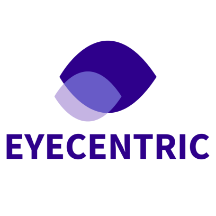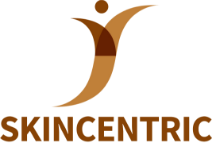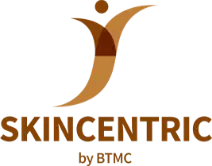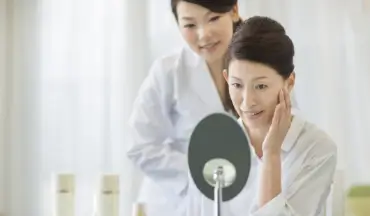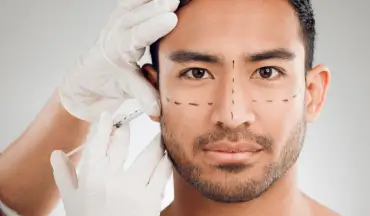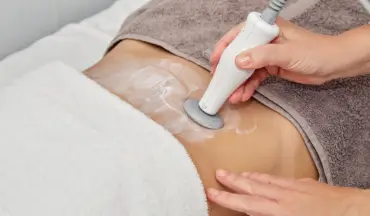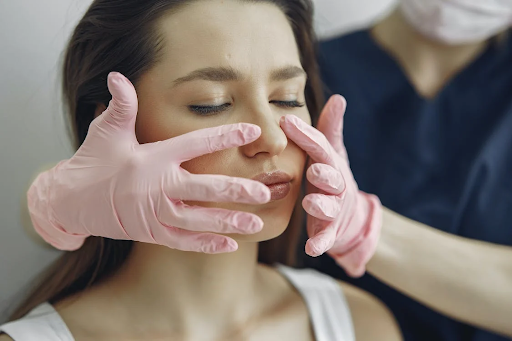What are Laser Peels?
Laser peels, often called laser resurfacing, is a cosmetic operation that uses lasers to treat various skin concerns. The procedure uses short, concentrated and pulsating light beams to target facial wrinkles, uneven skin texture or blemishes.
There are two types of laser peels that your dermatologist may recommend based on your needs.
Ablative lasers are used to remove the top layer of skin (epidermis). It helps remove skin concerns such as sun-damaged skin, acne scars, fine lines and pigmentation.
Types of ablative lasers:
-
Carbon dioxide (CO2) lasers
-
A combination of erbium and carbon dioxide laser systems
Non-ablative lasers are used to heat underlying skin tissue (dermis) to stimulate the production of new collagen. It may be used to improve skin texture, tone or mild wrinkles. It has a shorter recovery time compared to an ablative laser but the results may be less noticeable.
Types of nonablative lasers:
-
Intense pulsed light (IPL) therapy
-
Pulsed-dye lasers
Erbium and fractional lasers can be used for both ablative and non-ablative treatments
The cosmetic procedure aims to:
- decrease the appearance of fine lines
- correct uneven pigmentation or texture
- tighten sagging skin
- stimulate the development of new collagen fibres
How to prepare for laser peels procedure?
Patients must take certain measures before the procedure. Some of these are:
-
Stop smoking.
-
Your dermatologist may recommend taking certain medications weeks before your laser peel operation to help prepare your skin for the treatment. The goal is to make your skin more receptive to medical care and reduce the likelihood of side effects.
-
Avoid exposure to sunlight and apply sunscreen every day for at least four weeks before treatment.
During and after laser peels treatment:
- On the day of the procedure, an anaesthetic will be applied to the treated area to reduce pain and ensure you’re comfortable during the procedure.
- Your face or the area to be treated will be thoroughly cleaned to remove any excess oil or dirt.
- Following the procedure, your doctor will use a non-stick dressing on the treated area. This helps protect the skin at the end of the procedure.
- Use ice packs or a cool compress to reduce swelling after the procedure.
- Make sure not to scratch or pick at the skin to avoid skin infection.
- Following the dermatologist’s order, you should rinse the treated area with saline or diluted vinegar solution and apply ointment or moisturiser several times daily. This is to prevent the formation of scabs.
- You should avoid using rough facial products on your treated skin to avoid irritation.
- Avoid smoking as it slows the healing process.
Recovery time ranges from 5 to 21 days after laser therapy, depending on the severity of the condition and the type of laser used. Consult your doctor if you have concerns about the healing process.
After the laser peels procedure, you should notice a difference in the appearance and texture of your skin almost immediately. As you age, you may see new wrinkles and laser peels can be used to treat them again. It is also recommended to wear sunscreen daily and limit your time spent outdoors in direct sunlight.
Most people only experience short-term discomfort as a result of laser skin resurfacing. The skin may become more sensitive, itchy, swollen, sore or painful after a session and may last several days. It is possible to lessen the likelihood of complications by following your doctor's pre- and post-care instructions.
Our healthcare professionals at SKINCENTRIC in Bukit Tinggi Medical Centre (BTMC) will recommend effective skin procedures according to your needs, and advise you on long-term skin treatment.

